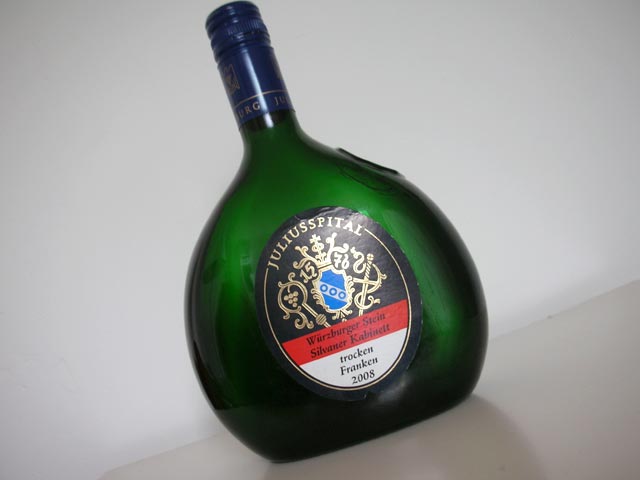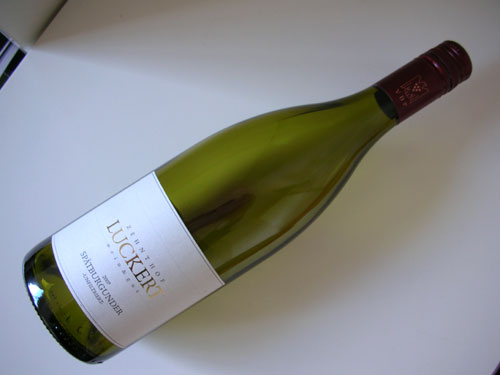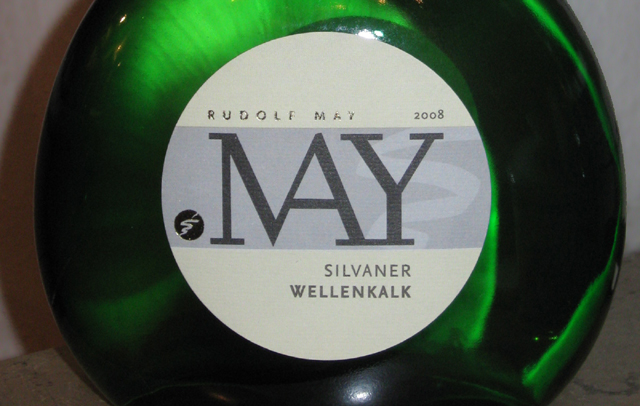Juliusspital, Würzburger Stein, Silvaner Kabinett trocken, 2008
To the Wine Rambler, Silvaner remains one of the undervalued German grape varietals, particularly as seen from my London perspective. I don't think I have ever come across a Silvaner in a London restaurant or wine shop. This may not mean very much of course as Londoners would also find it difficult to get German Pinot Blanc or Pinot Gris, for instance, but I recently learned that even more knowledgeable wine people can confuse Silvaner with the (Austrian) Grüner Veltliner (Silvaner is sometimes called 'Grüner Silvaner'). Is this Silvaner from the Juliusspital winery going to change all that?




